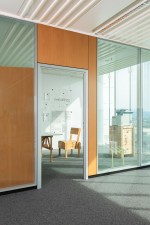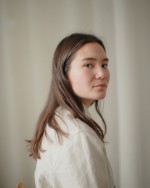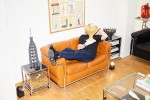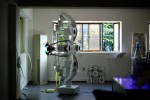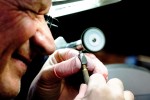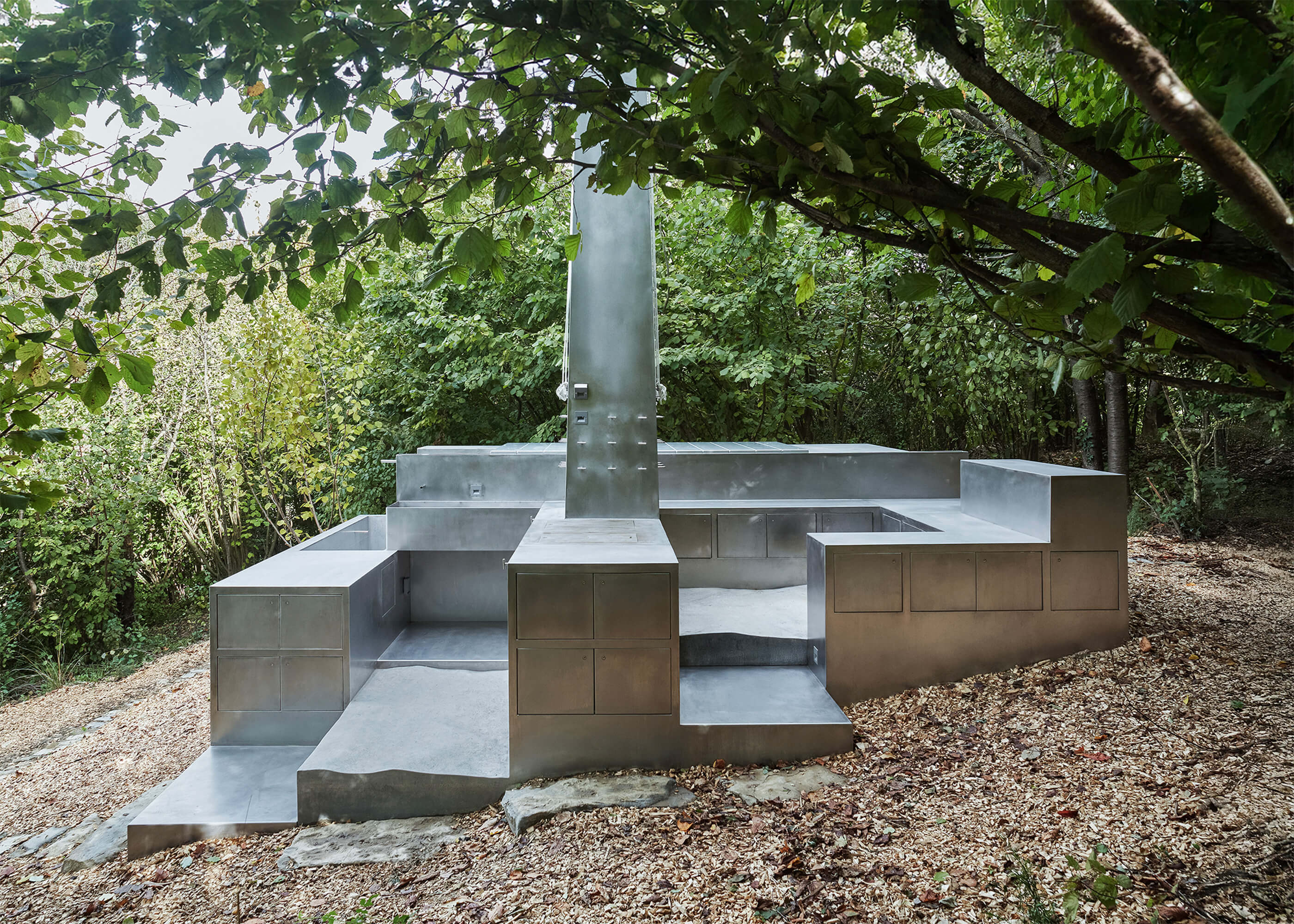Raw Senses
Design & Craft
“Raw Senses” is a revitalized exhibition format focussed on highlighting innovative avant-garde designers and presenting them in Switzerland. With the aim to promote and uphold new design approaches in analogue processes, we work to present contemporary practitioners who are interested in the physical manifestation of objects, as well as their materiality and manufacturing. Ultimately Raw Senses aims to question our relationship between mass production and consumption and the gap between consumers and raw materials—the first edition was held throughout September and October of this year during Zurich Design Weeks.
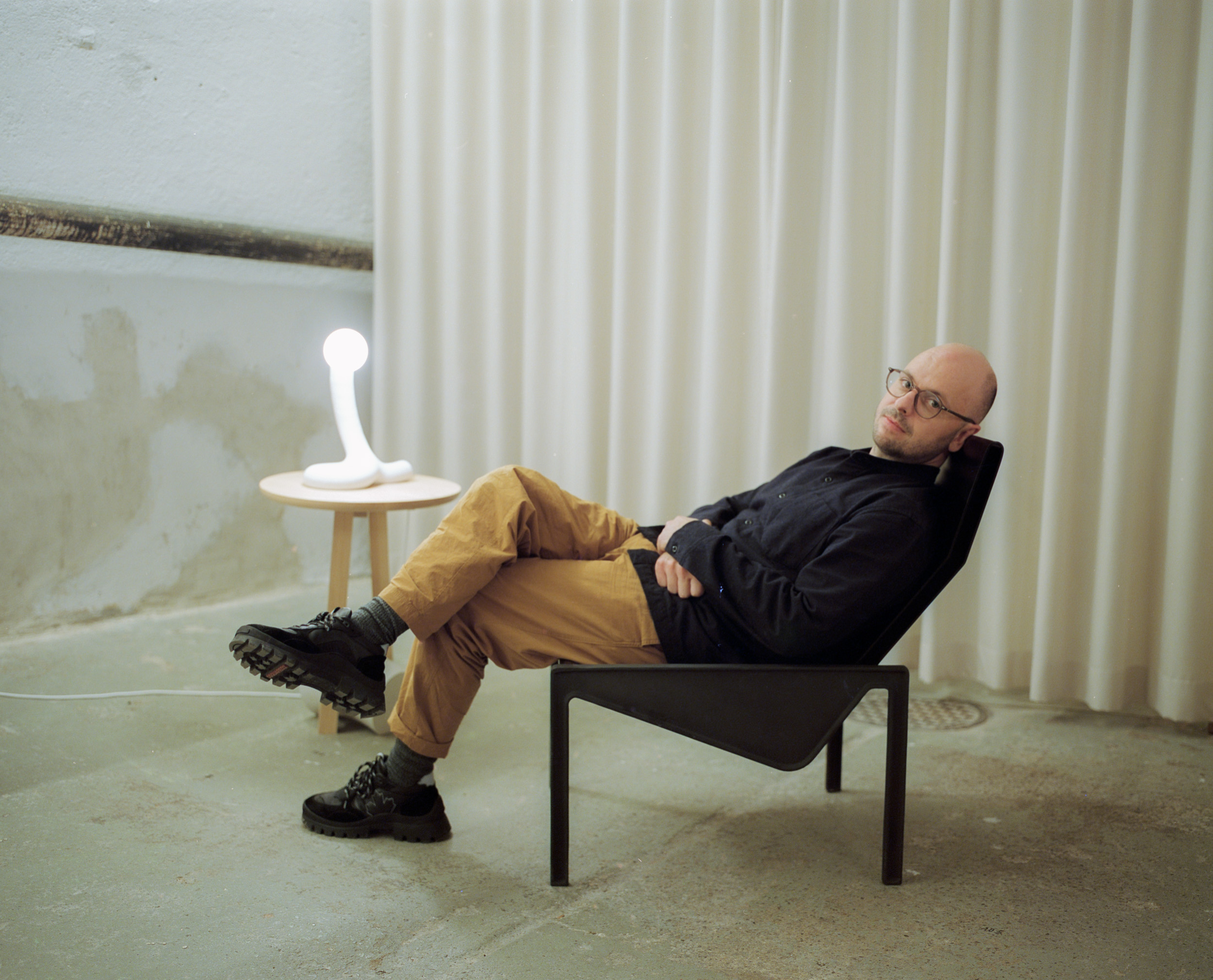
Under Hot Wire Extensions, Fabio Hendry designs and develops a diverse range of products, furniture and installations as well as bespoke commissions, all characterised by a dedication to the mindful exploration of material landscapes. Fabio is interested in disruptive approaches to industrial manufacturing and seeks to propose alternative systems of production. Exploration, collaboration and sustainability are central to his work, and it is his belief that by looking to nature and ecological theories—combined with design practices—we can critically consider our material landscape and its impact on the future world. Fabio’s work is defined by the process’ unique organic bone-like aesthetic inspired by nature and geometry.
Heinz Caflisch is the founder of OKRO, which since 2018 is a multidisciplinary format dedicated to the intersection of design and craft. In particular, he advocates for new design approaches in analog processes. OKRO shows and promotes innovative design thinkers and makers and their work that operates beyond mass production. We trace new formal languages and developments and, in collaboration with a wide range of authors from the fields of design, craft and architecture, explore where the connections between established design and new developments lie. Since its foundation, OKRO has been one of the most important and significant places for the mediation, promotion and exchange for Swiss design. OKRO develops value patterns for companies and architects, organizes exhibitions as a gallery and is further active as a producer and mediator.
“We wanted to ease the swiss audience by bringing this group of international actors”
What is Raw Senses and where the idea came from?
Raw Senses is a new annual exhibition format, which showcases upcoming and established national and international designers and presents them in Switzerland. The aim of the exhibition is to establish a platform which enables the participants and the visitors a cross-border exchange of ideas, values and cultures. Really the idea came after noticing the difficulty faced by international designers and makers in accessing the Swiss market. We wanted to address this impasse. On the other hand, we also wanted to ease the process for Swiss audiences by bringing this group of international actors right to their doorstep. The exhibition also poses a great opportunity for many of the more local active Swiss designers to see their work in an international context. Finding fresh ways to cross pollinate Switzerland’s brightest with international equals is something that will always remain central to us.
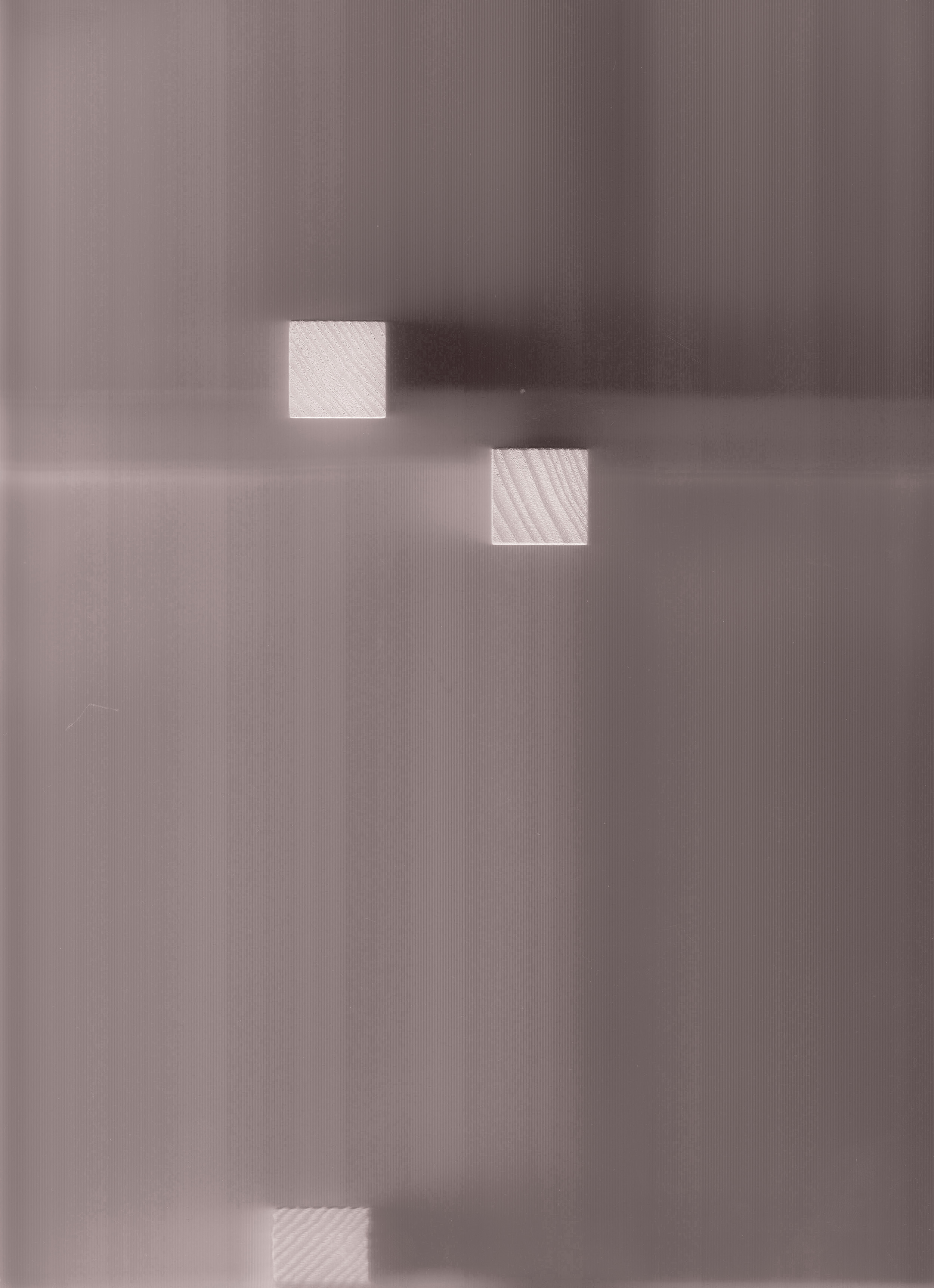
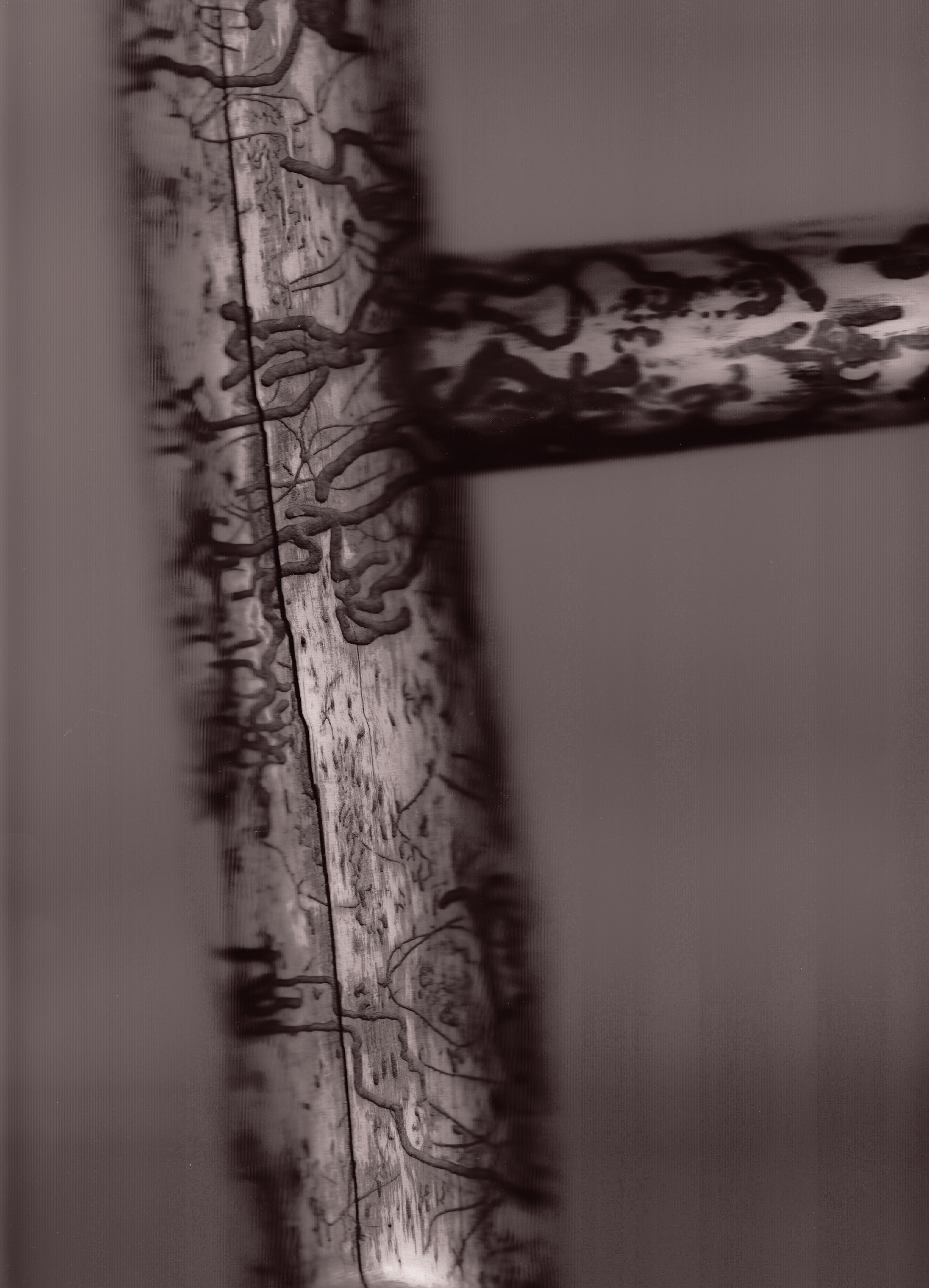
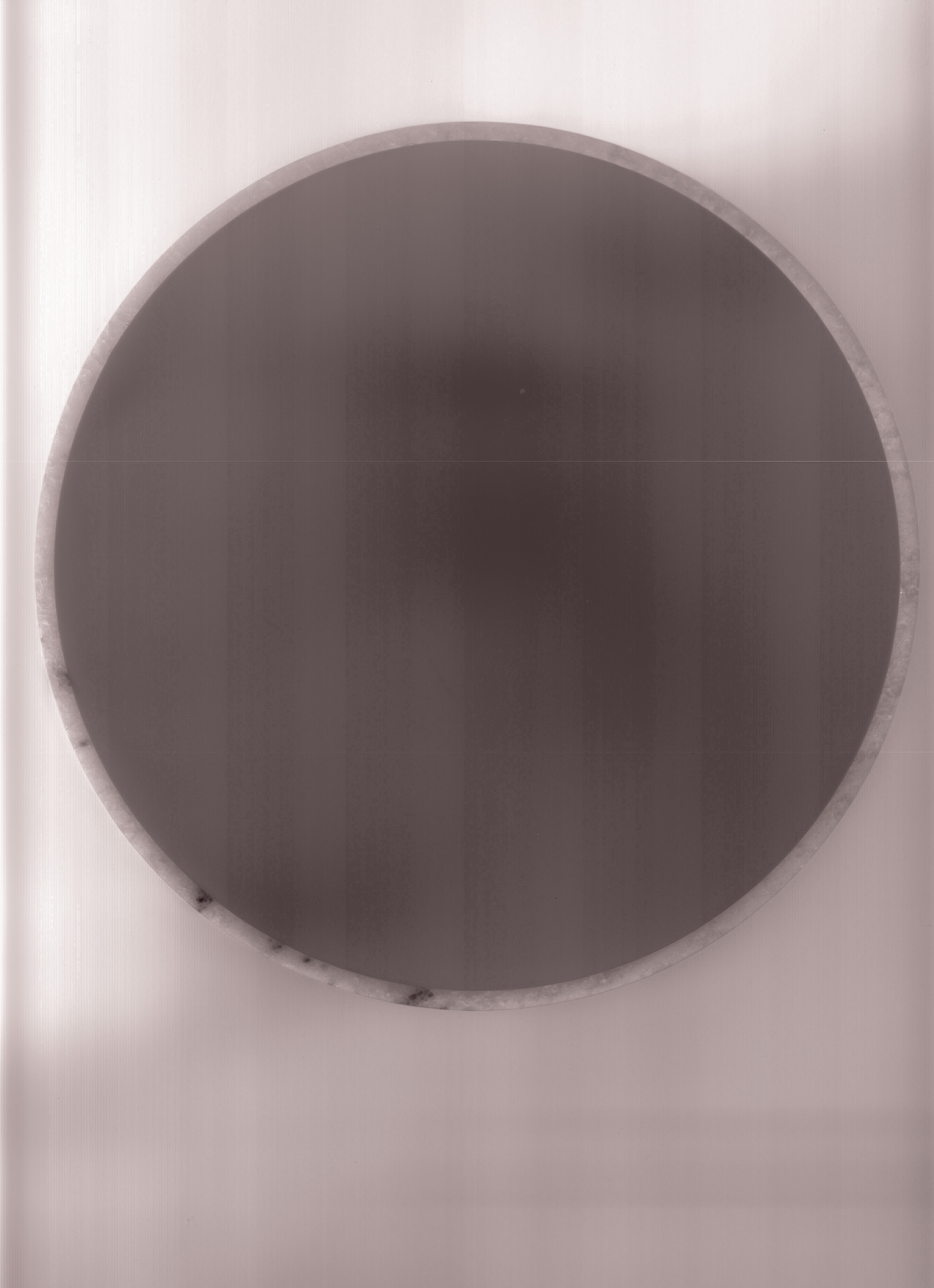
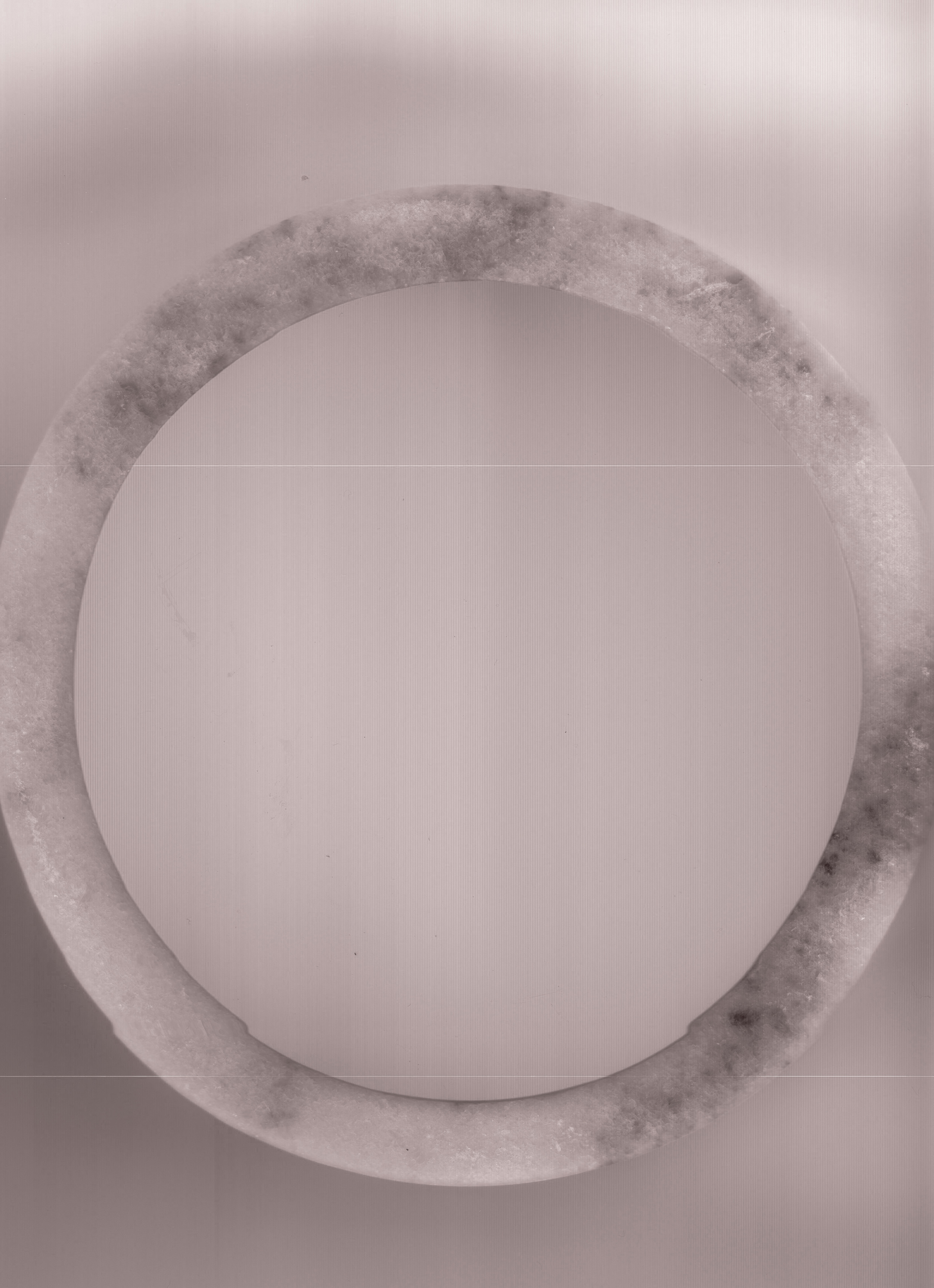
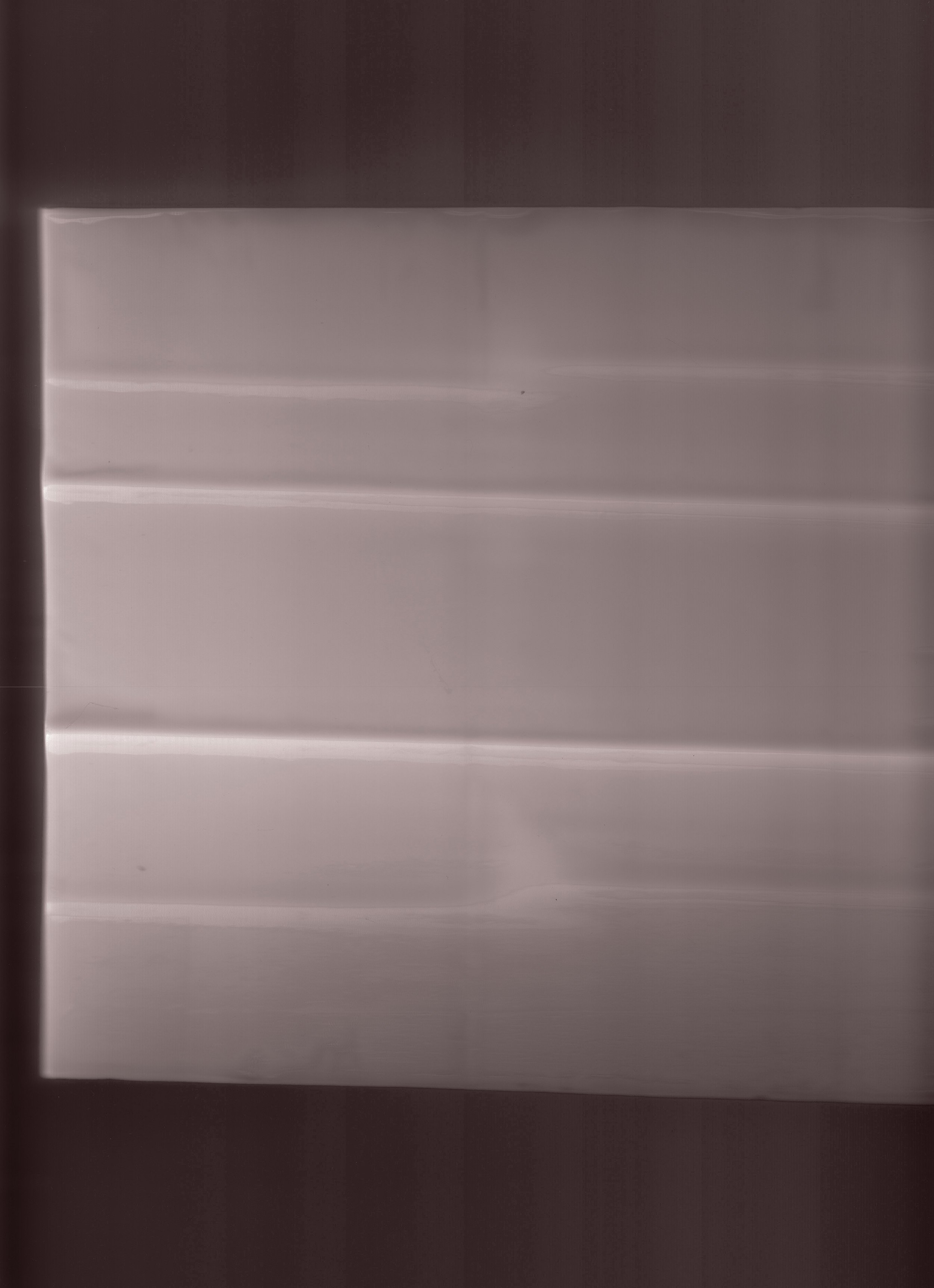
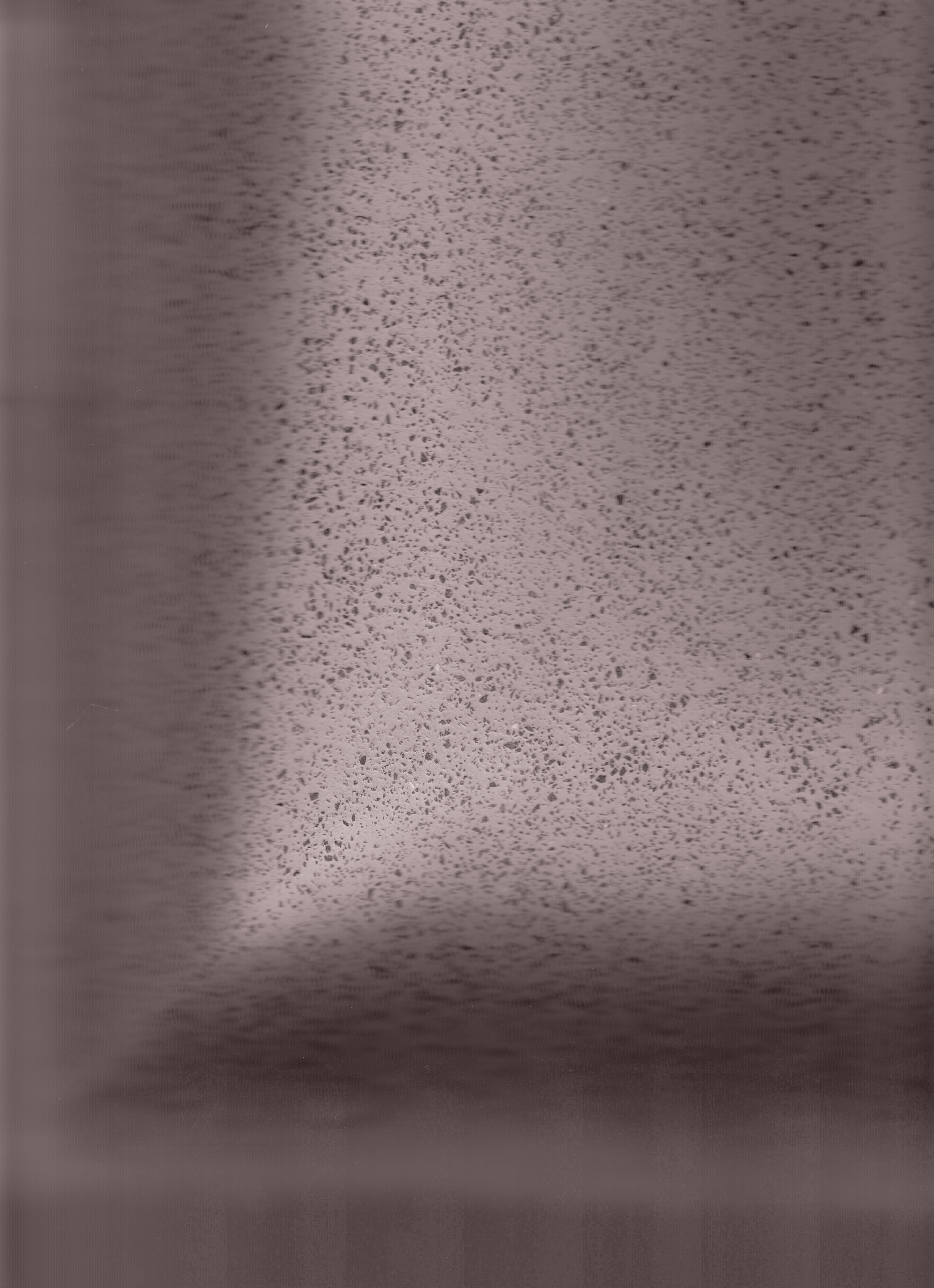
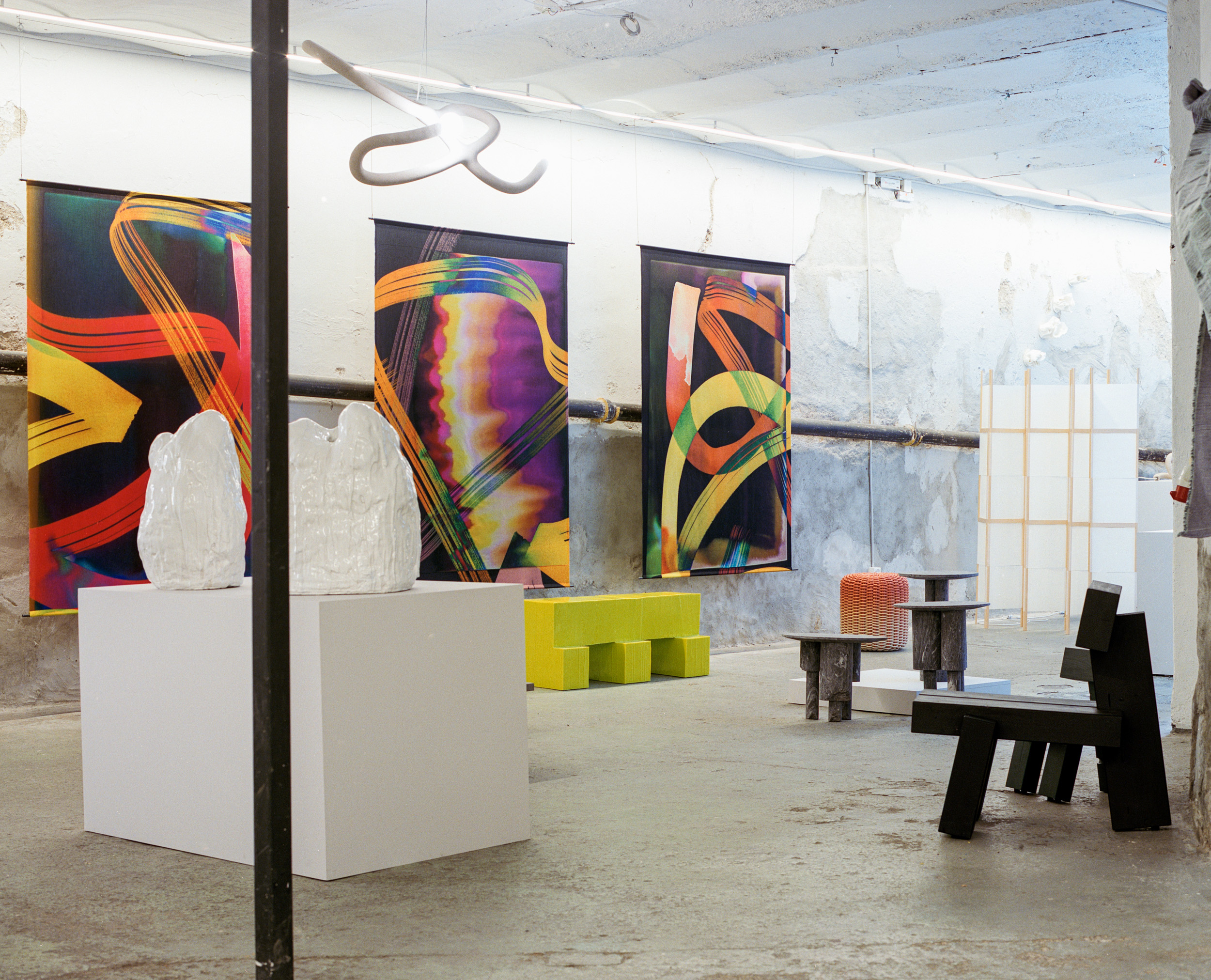
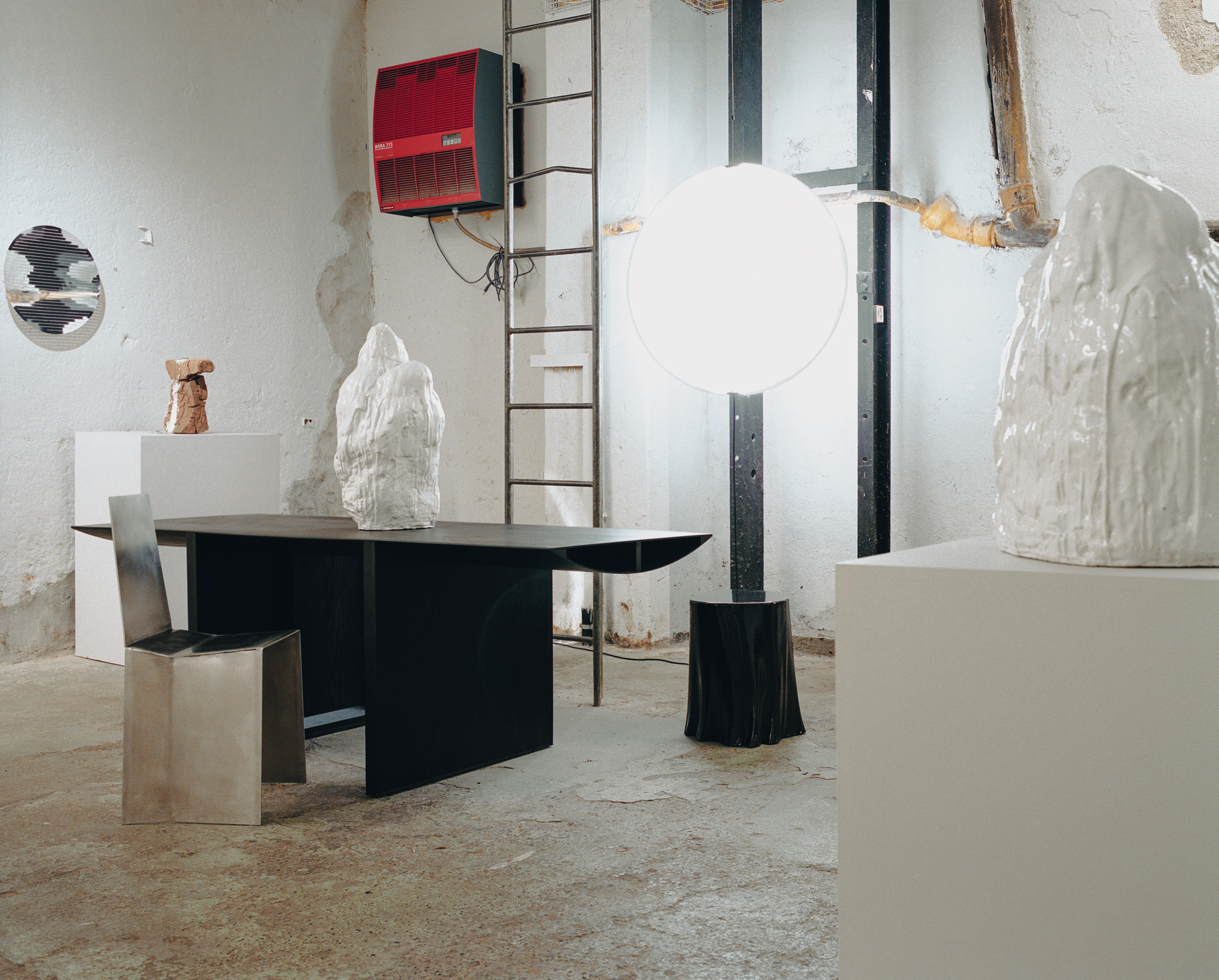
You run a design studio called Hot wire Extensions and Heinz is running Okro Gallery, one of the few design galleries in Switzerland. This hybrid association seems promising, what’s new about the exhibition format?
We can’t say whether anything about it is new. The two of us have been talking about new formats in Switzerland for a while and there have already been various ideas and projects. We wanted to complement the newly founded format of Zurich Design Weeks with an international and avant-garde exhibition. We both had a great desire for this. Of course, we have different roots. Fabio is a designer and material researcher and Heinz is an architect and now a gallery owner. Fabio studied at the Royal College of Art, lived in London for over eight years and participated in various exhibitions all over the world in those years. So, the idea was that he would draw on this network and invite some of the new emerging designers from abroad, who he met at different places over the years. Ultimately, we are both independent entrepreneurs and visionaries and speak the same language. We can say that this collaboration was very inspiring and nurturing, probably precisely because of that.
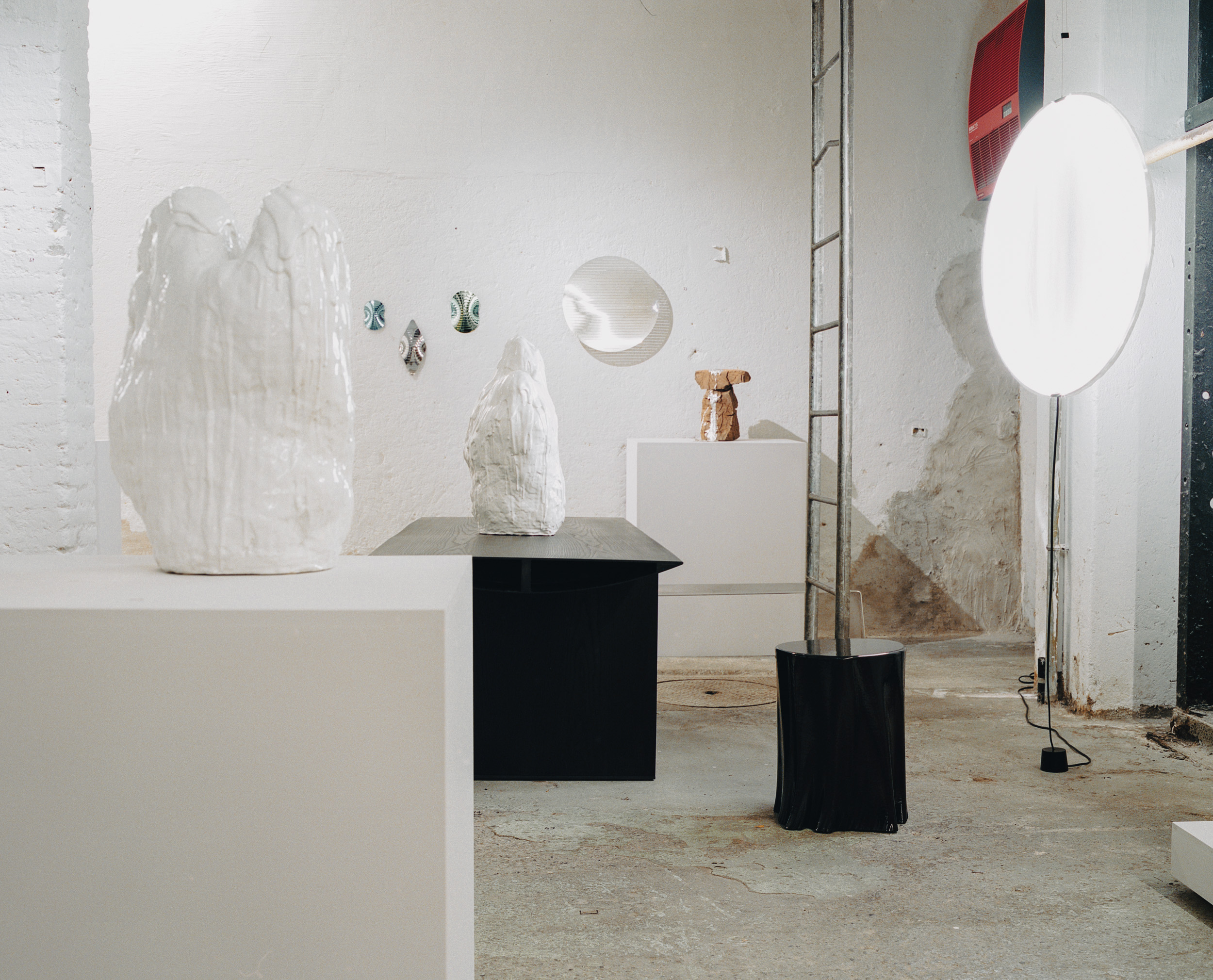
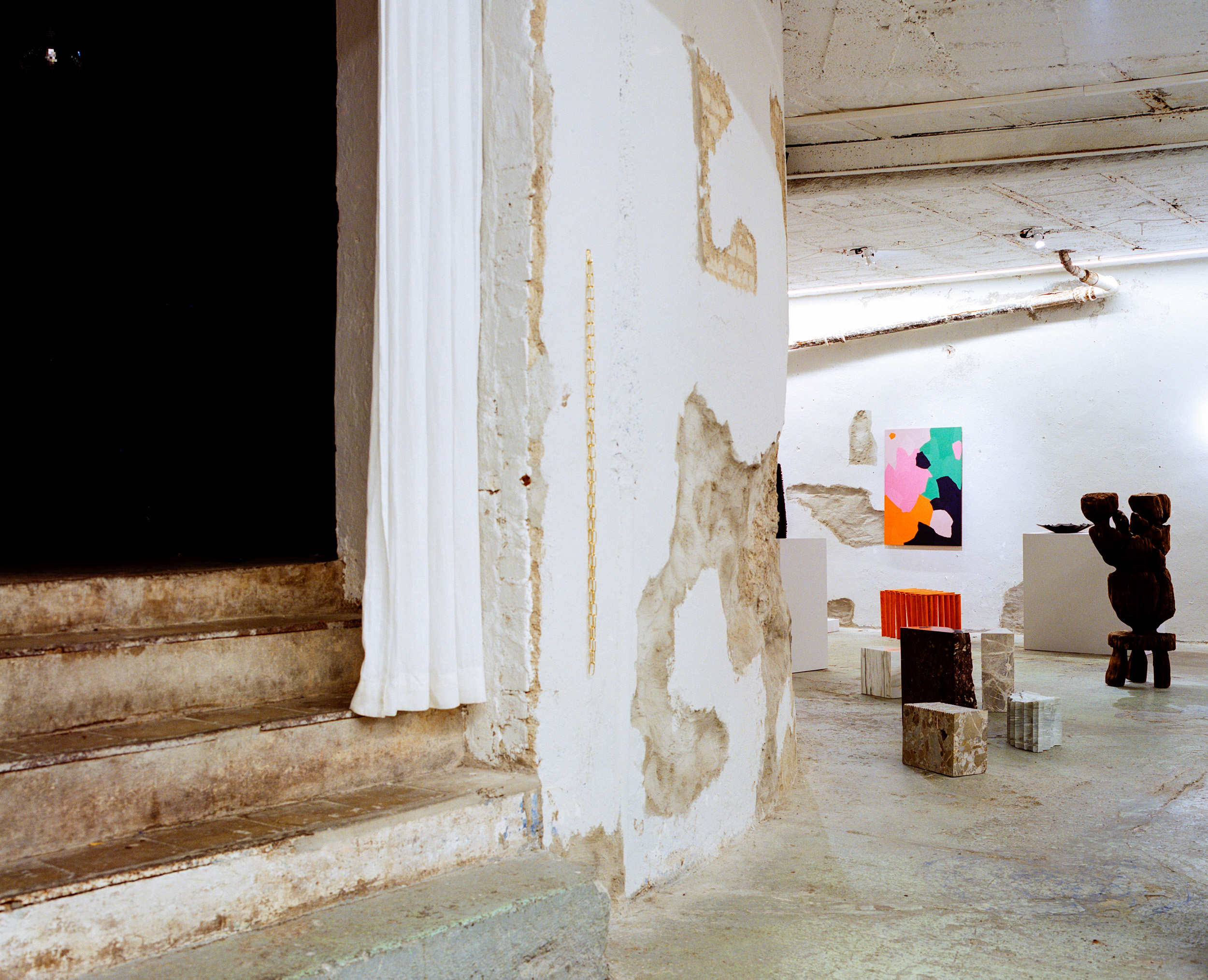
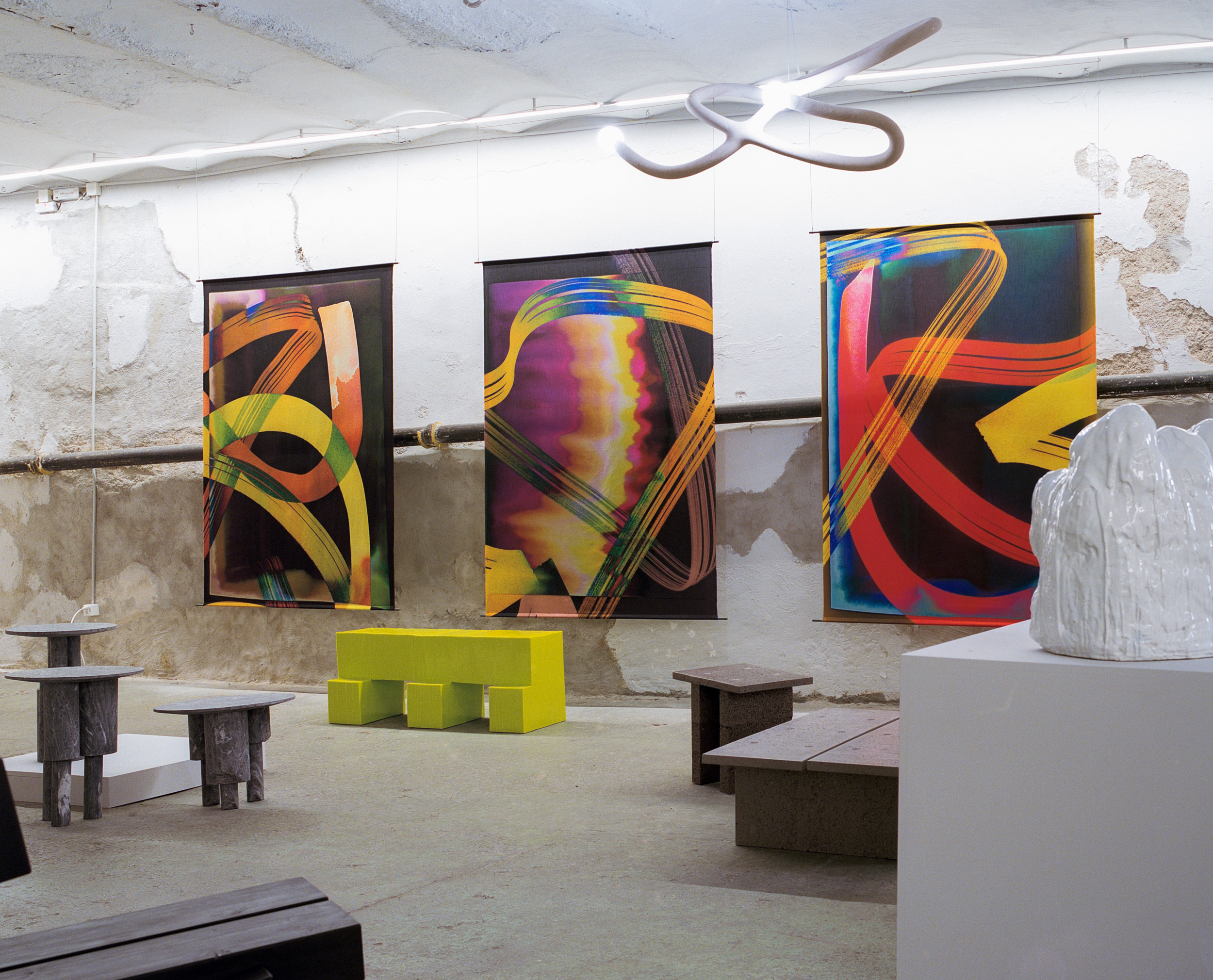
Significant places for the mediation, promotion and exchange for swiss design.
There’s a key focus on craft and artisanal work. Could you tell us more about the selection of projects?
We wanted to focus on designers and studios who are interested in the physical manifestation of objects and in particular, their materiality and manufacture. The exhibition showcases visionaries exploring new and forgotten mediums, and makers who are rethinking and redefining our material landscapes, naturally resulting in new values and new aesthetics.
In a step away from traditional “form follows function” logic, the objects presented in Raw Senses exist on a metaphysical level where products are designed and valued based on their individual narratives. The designers often try to direct an unpolished translation of materials into their objects—in doing so forging an immediate discourse and understanding between product and consumer, ultimately bringing us back to nature.
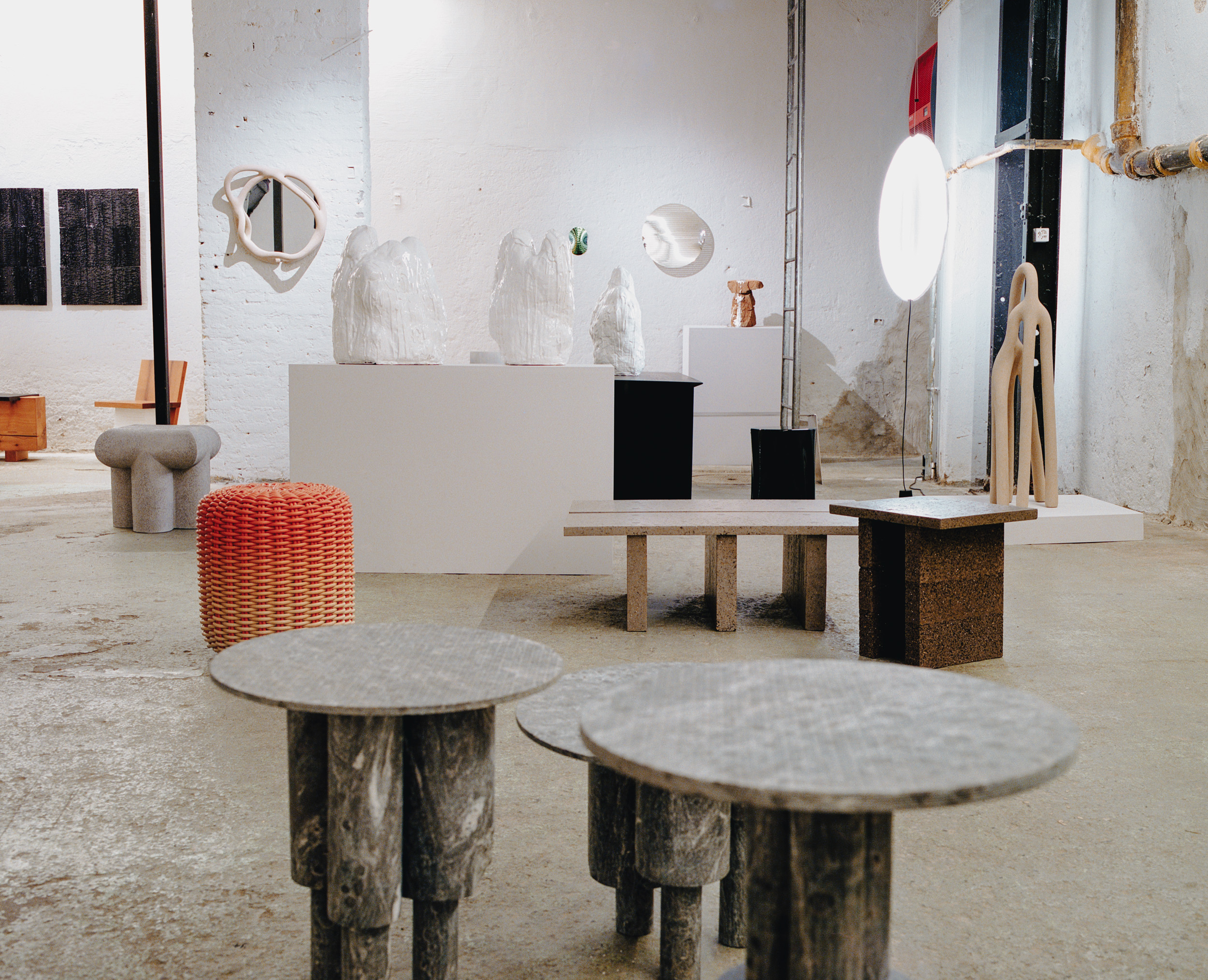
You have chosen an unusual place for the exhibition. Does the location reflect the soul of the exhibition?
Yes, definitely. With a strong emphasis on texture and haptics, the materiality of the objects at Raw Senses highlights the fundamental aspects of every product—the natural world and the human as a transformer of resources. We wanted to foster such an atmosphere that would allow the objects to transcend via the location. The space with its unique subterranean and raw character amplifies the objects and vice versa.
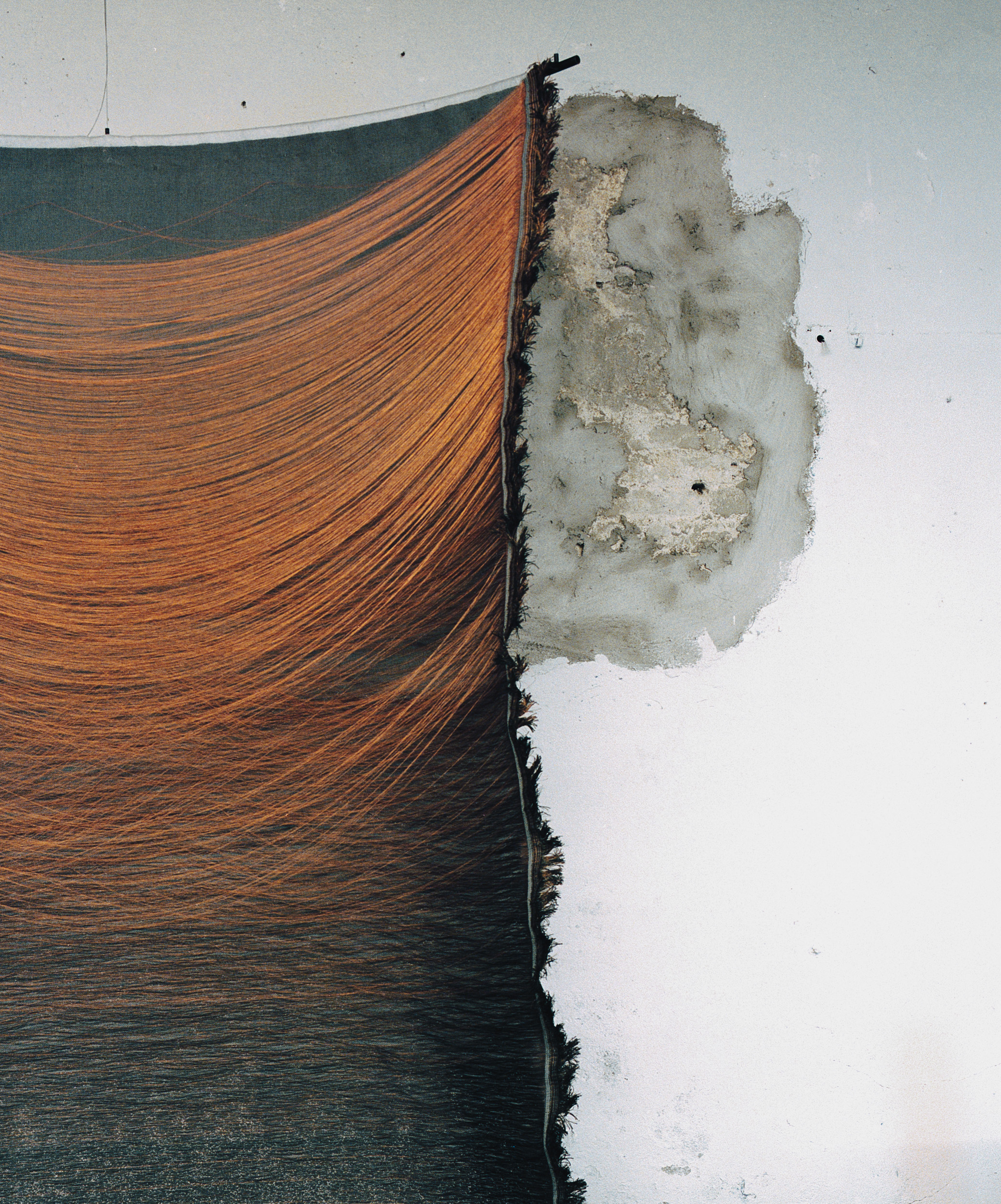
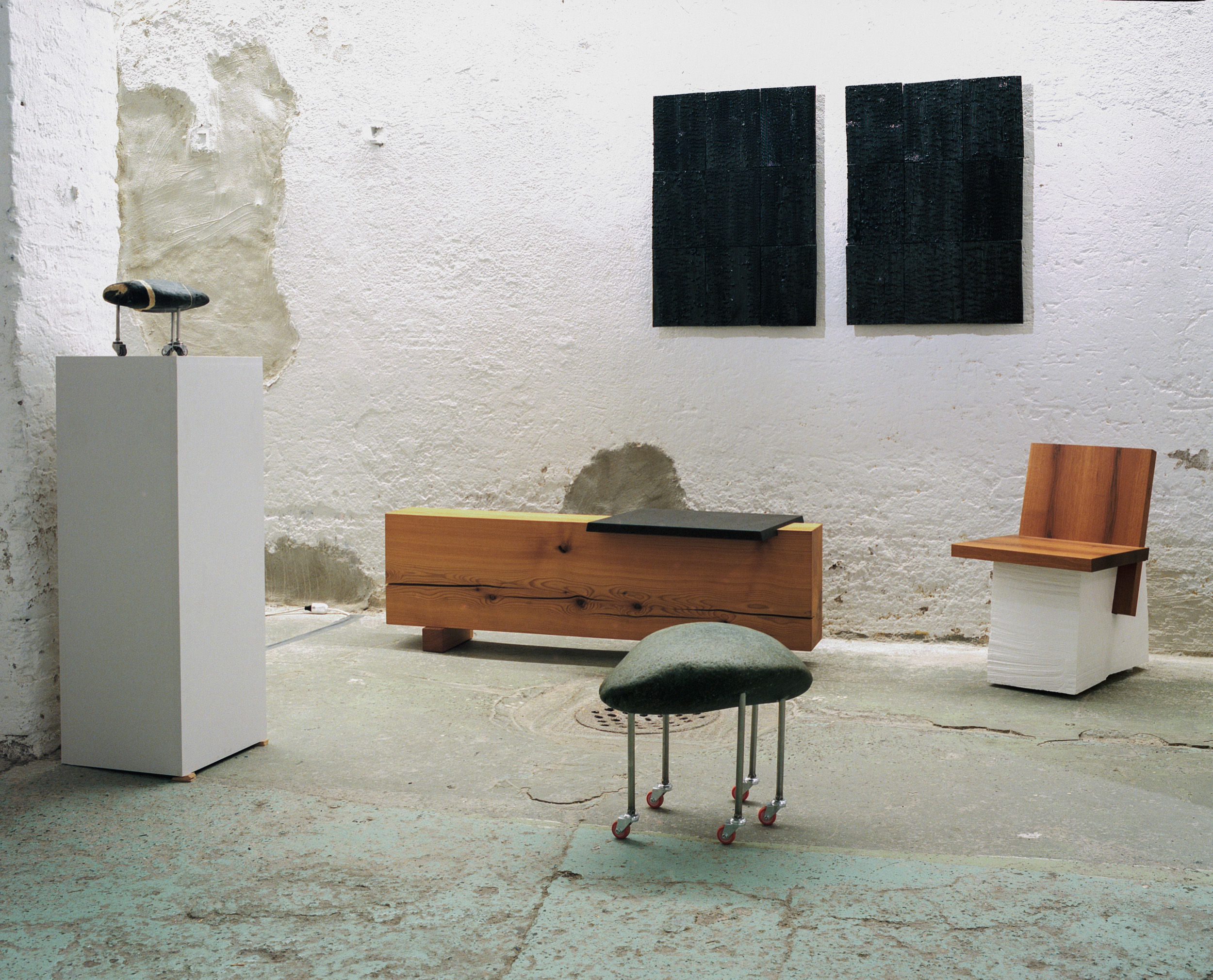
The objects were many and from very different universes, how was their arrangement in space chosen? How have diverse designers been brought into the dialogue
The arrangement of the objects in the room and the composition of the exhibition was certainly the most beautiful work for both of us. The aim was not to create dialogues between the different designers, but rather create tensions between the works. In certain cases, the works were in dialogue, in other cases, the objects should be in juxtaposition or create contrasts. Furthermore, we also divided the U-shaped layout of the space in different zones, whereby some were more static and others resembled more living situations.
The arrangement was very intuitive and driven by a gut feeling.
It is the intention to establish Raw Senses as a format for the long term?
With more than 1’500 visitors, in such a short space of time, the response to our exhibition has been overwhelming. We can claim that we have created something unique by Swiss standards—for this we couldn't be more satisfied. Raw Senses will definitely find a continuation. We look forward to discussing another edition with our partners and the international avant-garde scene, who have been a tremendous support, in order to regroup and plan for summer 2023.
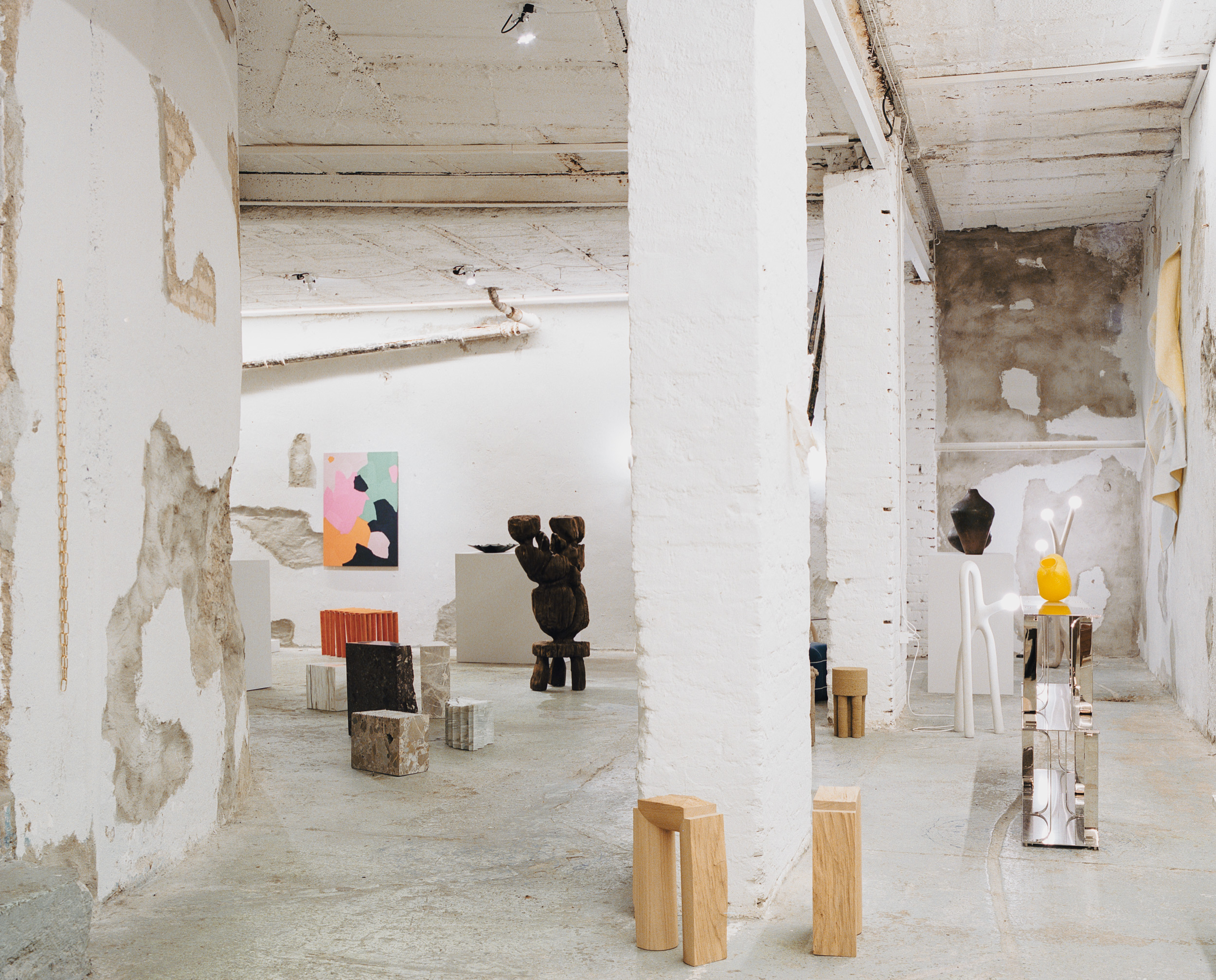
Raw Senses was an event part of the Zürich Design Week 2022, taken place between September 17th and October 8th at Bäckerstrasse 26, Zurich. Featuring Alix Arto, Attua Aparicio, Carlo Clopath, Céline Arnould, Céline Gabathuler, Claudia Caviezel, Daniel Freyne, Desmond Lim, Dimitri Bähler, Elisa Uberti, Fabio Rutishauser, Faye Toogood, Frédéric Dedelley, Fredrik Paulsen × Connie Hüsser, Hot Wire Extensions, Jens Marti, Jochen Holz, Jonas Niedermann, Jörg Boner, Josefina Muñoz, Juri Roemmel, Kueng Caputo, Kwangho Lee × David Glättli, Laurin Schaub, Mara Tschudi, Marco Campardo, Maria Roy, Marie Schumann, Martens & Visser, Max Lamb × Dzek, Noelani Rutz, Othmar Prenner, Panter Tourron, Pao Hui Kao, Paul Coenen, Ramona Gschwend, Rino Claessens, Robert Wettstein, Salienti, Sebastian Marbacher, Serge Borgmann, Shizuka Saito, Sho Ota, Shore Rugs, Studio Eidola, Studio Raw Material, Studio Sain, Thor Ter Kulve, Tim Teven, Ville Kokkonen, Viviana Fagnani.
The event was made possible with the help of: Design Preis Schweiz, Form Forum, Lignum, Krarch Studio, Kao.Solutions, Creative Hub Graubünden, Zürich Design Week, Okro Gallery, Hot Wire Extensions and profiler.world
Interview by Profiler / Art Direction by Sebastian Vargas / Photography by Justine Stella Knuchel / 2D Scans by Oliver Kümmerli / 3D views by Kairos Studio / Graphic design by Thomas Prost
